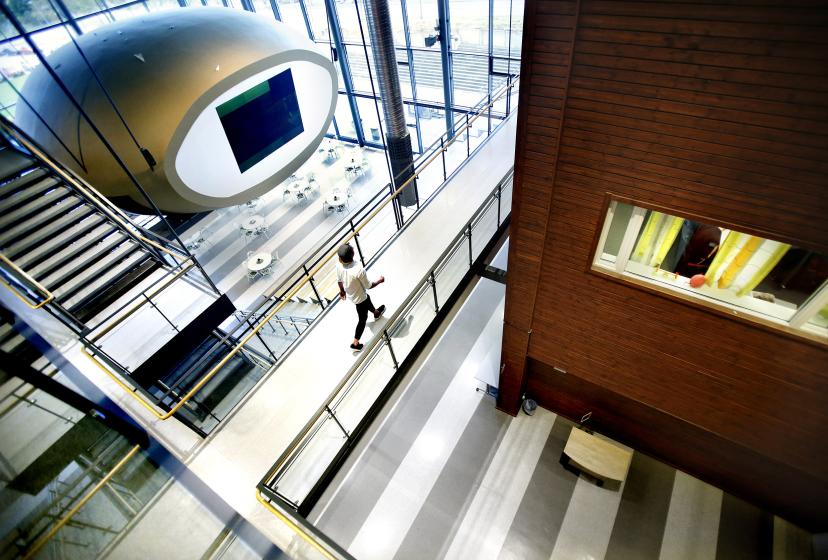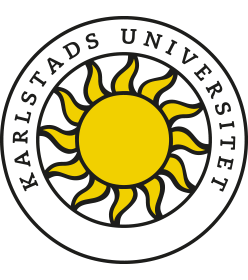News
-
2025-12-19
The Digital Health Innovation Initiative in Värmland Enters a New Phase
DigitalWell Arena is now taking the next step in its long-term commitment to digital health innovation in Värmland. After several years focused on establishing a platform for research and collaboration, the work is now shifting towards the large-scale implementation and practical use of digital solutions.
Research at Karlstad University has been a central driving force behind DigitalWell Arena since its launch in 2019. By bringing together around 60 researchers from six research groups and disciplines such as computer science, nursing, psychology, service research and gender studies, the university has built an interdisciplinary research environment for digital health innovation.
-
2025-12-19
New Dissertation on High-Quality Steel
In a study, phD student Katerina Chantziara has investigated what causes steel fatigue and what makes it break. The aim of the research is to contribute to improved durability.
– I have studied different martensitic tool steels and examined what happens inside the material when it is subjected to stress, and what ultimately causes it to fracture, says Katerina Chantziara, PhD student in physics.
-
2025-12-19
New Master’s Program in Mechanical Engineering with Data-Driven Specialization
Karlstad University Launches New Master’s Program in Mechanical Engineering with Data-Driven Specialization.
The new Master’s program in Mechanical Engineering – Specialization in Data-Driven Mechanical Engineering, set to begin in August 2026. This innovative program reflects the growing importance of data analytics and computational methods in modern mechanical engineering, preparing graduates to meet the challenges of Industry 4.0 and beyond.
-
2025-12-08
WISE supports solar cell research
Research on organic solar cells at Karlstad University is now taking another step forward, thanks to support from WISE, the Wallenberg Initiative Materials Science for Sustainability.
The sun is an enormous resource and increasingly important for electricity production. Roughly one to two hours of sunlight hitting the Earth corresponds to the entire annual energy consumption of humanity. At Karlstad University, researchers are working on developing more efficient organic solar cells, which offer several advantages such as flexibility and low production costs.
-
2025-12-05
Research Methodology in Building Engineering and Architecture
A new publication presents guidance on how methodology can be used more effectively within the architecture, engineering, and construction sectors.
– We want to provide both students and professionals with a toolbox that makes it easier to conduct research of high quality and relevance to the industry, says Asaad Almssad, Associate Professor of Building Engineering and active within university- and civil engineering programmes.
-
2025-12-03
New Project in Solar Cell Research Begins
The new project HiPER-Ni aligns with the global transition to renewable energy by addressing resource scarcity, reducing manufacturing costs, and improving both sustainability and efficiency, according to the Swedish Energy Agency, which is the funder.
– The project aims to replace costly silver with a new, silver-free metallization based on nickel, says Markus Rinio, Professor of Physics.
As the solar cell industry scales up toward an annual production capacity of 1,000 gigawatts, silver consumption is expected to represent nearly 30 percent of global production, estimated at 30,000 tons per year by 2028.


